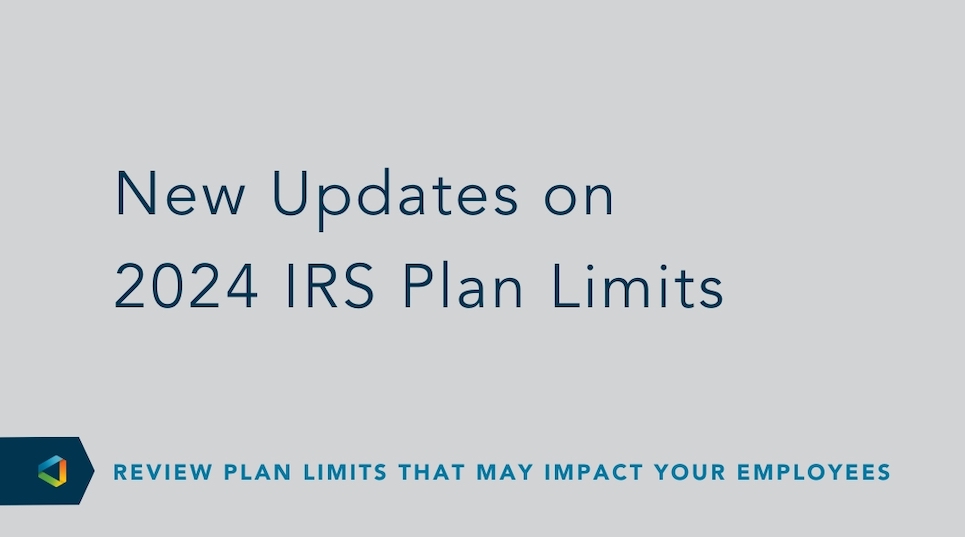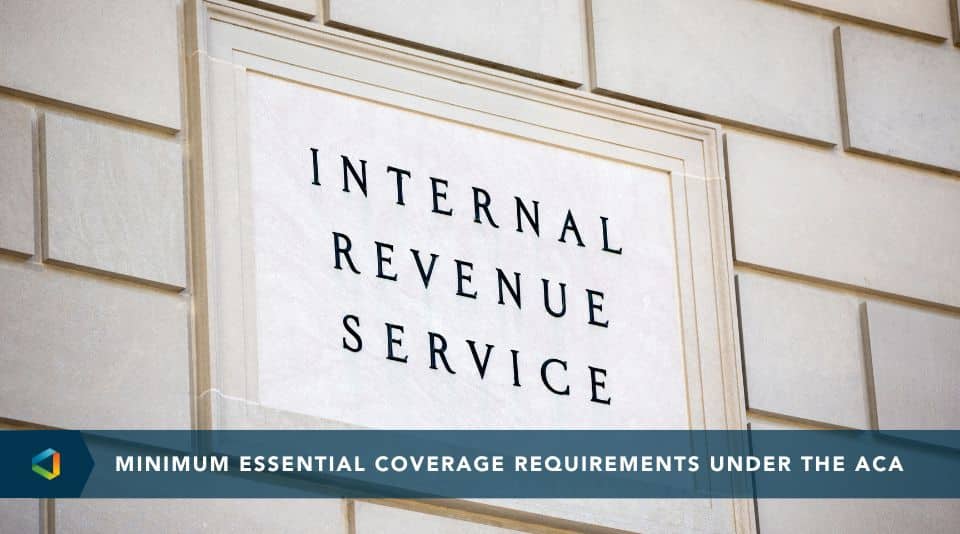Compliance Confidence
SCOTUS Speaks — Federal Large Employer Vaccine Mandate Stayed; Health Care Vaccine Mandate Now Enforced
SCOTUS Speaks — Federal Large Employer Vaccine Mandate Stayed; Health Care Vaccine Mandate Now Enforced
For background on these rulings, visit the recent blog post: OSHA’s COVID-19 Vaccine Mandate for Large Employers is Here.
On January 13, 2022, the U.S. Supreme Court issued two anticipated rulings on the federal vaccine mandates. In short, the mandate for large employers was stayed, and the stay against the health care mandate was lifted. This means that OSHA cannot enforce the large employer mandate; however, most healthcare employers receiving Medicare and Medicaid funds must comply with the healthcare mandate.
- Applies to: All Private Employers with 100+ Employees; Employers Who Receive Medicare/Medicaid Funds
- Effective: January 13, 2022
Here is a breakdown of each case.
Large Employer Vaccine Mandate
In National Federation of Independent Business, et al. v. Department of Labor, OSHA, et al., the Supreme Court stayed enforcement of the federal vaccine mandate for large employers. Originally, the federal district court stayed enforcement of the vaccine mandate for employers with 100 or more employees, issued as an Emergency Temporary Standard (ETS) by the Occupational Safety and Health Administration (OSHA) in 2021.
The Sixth Circuit Court of Appeal recently reversed the stay on enforcement, causing OSHA to extend the deadline to Monday, January 10, 2022 (February 9 for testing) for employers to comply. After being in effect for four days, the large employer vaccine mandate is again stayed while the merits of the legal challenge are litigated in court.
The Supreme Court issued the stay indicating that they believe the legal challenge to the ETS is likely to prevail.
What does this mean for employers?
For now, OSHA cannot enforce the large employer vaccine mandate. The challenge to the large employer mandate will continue its process through the legal system. However, because the ETS only lasts for six months, litigation on the issue may outlast the life of the mandate. Based on the Supreme Court’s comments, OSHA may take note and issue revised regulations. We may also see some action from state-plan states who now have guidance on how to tailor their own rules.
Keep in mind; this ruling does not prohibit employers from implementing their own mandatory vaccine policies, consistent with federal, state and local guidance. Employers in most states who complied with the mandate still can maintain the policies and procedures implemented. However, employees in states with laws contrary to the mandate should immediately revisit their policies and procedures for compliance with state and local vaccine-related restrictions.
Insight from the Court’s opinion may point to what will happen to the rule going forward.
Lack of Authority
The Court supported the notion that the Secretary of Labor lacked authority to impose the vaccine mandate. Specifically, the Occupational Safety and Health Act (the Act) “empowers the Secretary to set workplace safety standards, not broad public health measures.” The Court majority took a narrower view of OSHA’s authority based on its interpretation of the Act and the convergence of workplace and public health issues. COVID-19 is a “universal risk” in people’s daily life, whether they are at work or not, which the Court likened to crime, air pollution, or any number of communicable diseases. Conversely, the dissent pointed out that the Act is indifferent to whether a hazard in the workplace is also found outside of work. The Act generally charges OSHA with assuring safe and healthful working conditions as much as possible.
Overly Broad
The Court criticized the rule as being too broad. There are only narrow exemptions, and it draws no distinctions based on industry or risk of exposure to COVID-19. The Court also appeared critical of the testing alternative being offered at the employer’s option rather than as a mandatory component.
Concessions
Despite its criticism, the Court conceded that OSHA has authority to regulate targeted, occupation-specific risks related to COVID-19, “where the virus poses a special danger because of the particular features of an employee’s job or workplace.” Permitted examples of regulation include researchers who work with the COVID-19 virus or workplaces with particularly crowded or cramped environments.
Health Care Vaccine Mandate
In Biden v. Missouri, et al., the Supreme Court lifted the stay on the health care vaccine mandate. Last year, OSHA issued an ETS requiring employees in most health care settings that receive Medicare or Medicaid reimbursement to be vaccinated against COVID-19. Among the varied legal challenges to the mandate, enforcement was stayed in 14 states but still enforceable in the remaining 36 states. This ruling effectively lifts the stay of enforcement for those 14 states who must now comply with the vaccine mandate along with all other covered employers.
What does this mean for employers?
Health Care employers receiving Medicare or Medicaid funds who are covered by the health care ETS must comply with the mandate. However, the legal challenge to the mandate is not over as this ruling only lifts the current stay during the legal challenge. The Court’s reasoning may impact the overall life of the mandate. Here’s a look at the discussion points.
Authority
The Health Care ETS was issued by the Secretary of Health and Human Services (HHS), not OSHA. The mandate withholds Medicare and Medicaid funding from participating facilities whose staff are not vaccinated against COVID-19. A statutory function of HHS is to ensure that health care providers who care for Medicare (health insurance for elderly or those with certain disabilities) and Medicaid (health insurance for low-income individuals) patients protect their patients’ health and safety. The Court viewed the mandate as fitting “neatly” within the statutory language.
Data
In crafting the mandate, HHS relied on data showing that COVID-19 can spread rapidly among health care workers and to patients, which spread is more likely when health care workers are unvaccinated. Moreover, transmission of COVID-19 to Medicare and Medicaid patients is particularly dangerous. The data showed other problems in overall health care, such as staffing shortages caused by COVID-19 exposures or illness and individuals avoiding medically necessary care due to fear of contracting COVID-19 from health care providers.
Exceptions
The Court appeared to approve of limitations within the mandate, in that employers are required to offer medical and religious exemptions and the mandate does not cover staff who work remotely full-time. Conversely, and similar to the large employer mandate majority opinion, the dissent here challenged, in part, the broadness of the ETS applying universally to the various types of health care facilities.
Next Steps for Health Care and Large Employers
- Update workplace vaccine policies and procedures for compliance, as applicable.
- Train appropriate personnel on applicable requirements.
- Continue to monitor these cases for ongoing updates.




